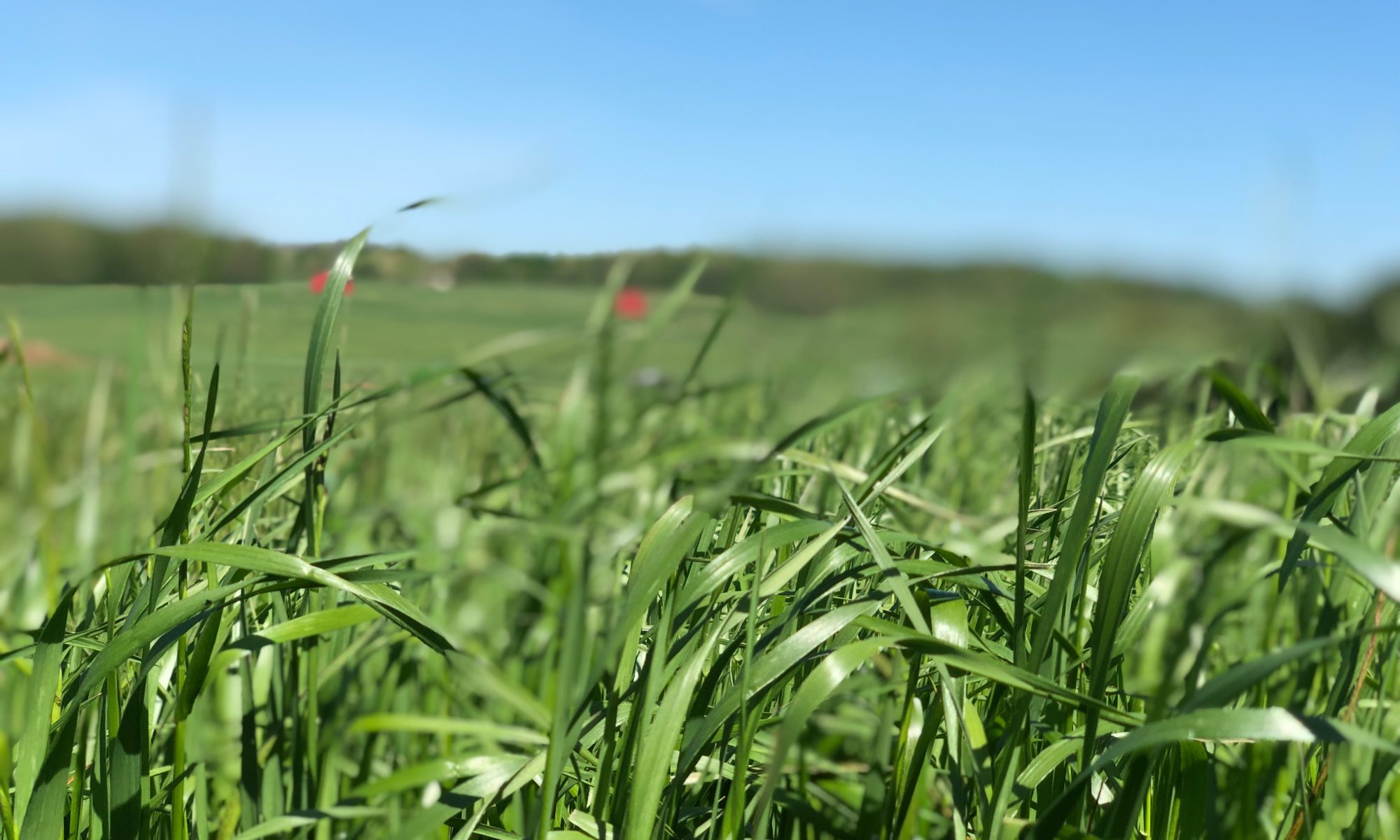

Dr. Katie Mason
Assistant Professor and Extension Beef Cattle Nutrition Specialist
Department of Animal Science
P: 865-974-8941
The rumen is functionally the most important chamber of the ruminant digestive system. It is the site of digestion of cellulose and other carbohydrates by microorganisms which results in energy products for the ruminant animal. If it were not for the symbiotic relationship between the rumen microbes and the cow, beef production would look quite different from cattle grazing lush, green pastures.
Forage is typically ingested through grazing where the cow uses its tongue and hard dental pad to tear plant material from a pasture. The bite of forage mixes with saliva and is swallowed quickly down the esophagus into the reticulo-rumen. Once the cow has completed its meal, it will ruminate. This is the process that many call “chewing cud.” During rumination, large forage particles floating in the rumen mat are regurgitated and rechewed, mixing with saliva to form a bolus. This process allows for further particle size reduction of forages, increasing surface area for microbial breakdown. The bolus moves back down the esophagus and into the rumen. Saliva produced during this process acts as a buffer, ensuring that the rumen pH remains fairly stable.
The rumen has a capacity of approximately 40 gallons and is the primary site of digestion and absorption of nutrients. It is covered with finger-like papillae which increase the surface area and allow for greater absorptive capacity. The rumen is home to a diverse microbial community made up of many species of bacteria, protozoa, and fungi. The relationship between the microorganisms and the cow is symbiotic, meaning it is beneficial to both. The wet, warm, anaerobic environment is a place that microorganisms can thrive, and the cow derives energy and protein to meet its nutrient requirements.
Microorganisms secrete enzymes with break down large pieces of fibrous material, specifically cellulose, and create volatile fatty acids or VFAs. Volatile fatty acids (acetate, propionate, and butyrate) are absorbed as an energy source for the cow. Microbial protein is also produced in the rumen and is passed on to be digested later. Essentially, VFAs and any dead microorganisms are “waste” products that can be used by the ruminant animal. The cow also gets rid of excess gases created by the microorganisms through eructation.
Liquid and small particles are passed through the reticulum into the omasum. The omasum removes water and further grinds feed particles, which then pass into the abomasum. The abomasum is the “true stomach,” as it secretes hydrochloric acids and pepsin. Here, any rumen microbes that have flowed through the tract are killed and initial protein digestion occurs. Digesta moves from the abomasum through the intestines for final nutrient and water absorption, and any undigested material is excreted.
Sometimes it’s important to have a refresher on the fundamental concepts of beef production. Cows derive most of their energy from forages through microbial fermentation. Let’s follow a bite of forage into the rumen to further examine the symbiotic relationship between cows and rumen microorganisms.
